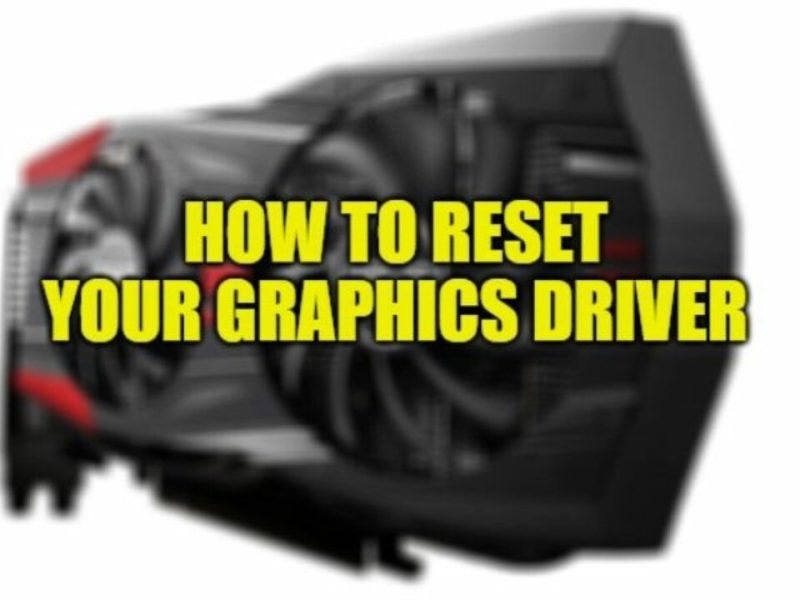A parity drive is a storage device used as part of a computer system that contains parity data for redundancy and backup purposes. This is typically part of a Redundant Array of Independent Disks (RAID), in which one or more disk drives are connected together to act as a single system. When data is stored on these devices, parity information can be created for later use in the event one of the drives fails. A parity drive is not necessarily a part of every RAID configuration, but it allows for simple and effective data recovery.
A parity drive serves as a backup in case something happens to an internal hard drive.
The basic function of a parity drive is to provide additional storage for “parity bits,” which are pieces of data used to back up the primary drives in a disk array. An array is a computing configuration in which multiple disks, such as two or more hard drives, are connected and used as a single storage system. While several different methods are used for this, a RAID is among the most common forms. There are several types of RAIDS and the more complex “levels” often include the use of a parity drive to provide effective backup and redundancy of information.
A parity drive works by using parity bits stored in it. The simplest example of how parity bits work is in a RAID or other system that uses three drives total. Two of the drives would be used as actual data storage disks, while the third would function as a parity drive. Every time data is saved to the RAID, each piece of information is split in half, with one part going to one drive and the other part going to the second.
Computer data consists of bits, which are binary pieces of data represented by one or zero. Whenever information is stored on a system with a parity unit, one bit from each storage unit is added to the other. If the result is an even number, a parity bit with value zero is stored in the parity device, while an odd result creates the value one. This can be used if one of the storage drives fails, to recreate the missing data to restore what was lost.
For example, a “1” on one device and a “0” on the other would generate a “1” to be stored in the parity unit, since this is an odd value when added together. If the storage drive with data “0” becomes damaged, it can be replaced with a new, blank disk. The system can then examine the existing data, find the remaining “1” in the datastore, compare it to the “1” in the parity device, and recognize that a “0” needs to be recreated to restore the lost data. . This is redundancy and allows an array to recover data efficiently even if part of the original system is lost.


